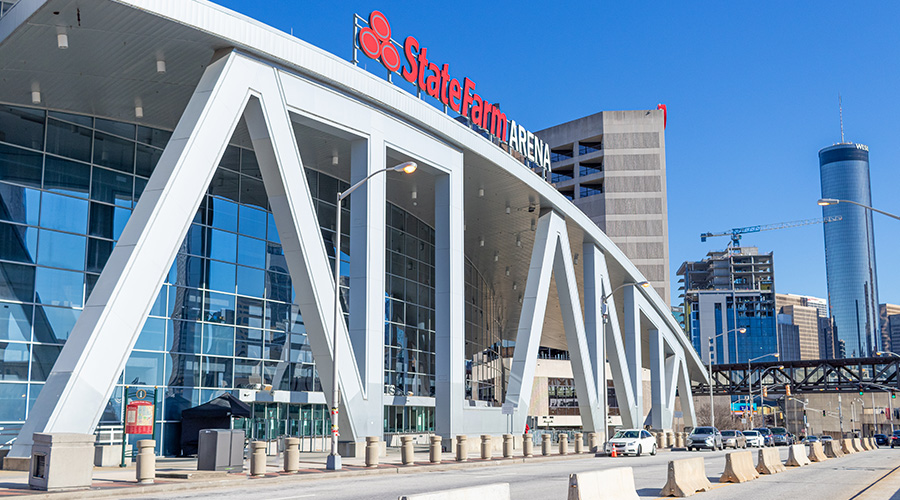The New Age of Utility Energy Efficiency Incentive Programs
Utilities are shifting their incentive programs to better recognize state-of-the-art technology, modern design practices, and new techniques of energy management.
For facilities in the design or concept phase, the Savings By Design program — administered by six California utilities — offers building owners and managers energy-saving solutions, owner incentives, and educational resources. For instance, engineers from the program can analyze a building's energy design to help it rise above the standard, while providing financial incentives for doing so.
Projects participating in Savings By Design may receive design assistance and resources. This can range from a simple plan review or efficiency upgrade recommendations, to a computer simulation analysis that compares multiple systems and integrated building design options, according to the participant handbook. Financial incentives are available for projects that exceed the thresholds established by the program. The services continue through completion of construction.
Energy Trust’s Path to Net Zero program is aimed at commercial customers striving to achieve net-zero buildings, where the amount of energy the building consumes roughly equals the amount of renewable energy it creates. Energy Trust will work with the building design team to incorporate innovative design strategies that optimize interactive impacts of HVAC systems, lighting, controls and the building envelope, and that will help cut energy use, says Oliver Kesting, commercial sector lead. Energy Trust will pay up to 75 percent of the cost of an energy study, up to $50,000.
Strategic energy management
Through strategic energy management programs, a growing number of utilities are supporting advanced technologies for energy management in commercial and institutional buildings, Procaccianti says. While strategic energy management programs typically had been geared toward industrial and manufacturing companies, their reach has extended to the commercial and municipal sectors, she adds.
Strategic energy management is a “comprehensive solution,” Procaccianti says, adding that it “allows for continuous energy performance improvement by providing the processes and systems needed to incorporate energy considerations and energy management into daily operations.” The goal is to instill an energy-saving outlook, supported by both management and employees, and incorporated in planning and monitoring, until actions like turning off lights or computers or sourcing energy-efficient equipment “become no brainers and embedded to the day-to-day activities of each employee,” she adds.
Organizations that participate in strategic energy management are more likely to implement energy-saving capital investments, rather than stopping with one-off projects, Kesting says. As a result, they typically achieve higher savings.
Energy Trust works with customers for a year or more to help them assemble strategic energy management plans, Kesting says. Among other steps, it assists them in securing executive-level support and identifying opportunities for operation and maintenance savings. Multiple times each year, Energy Trust brings together the champions advocating for energy savings within different organizations, so they can share best practices and learn from each other, he adds.
Energy Trust analyzes strategic energy management program participants’ energy consumption, normalized for weather and other factors, to identify savings. Based on the analysis, it offers incentives.
Shift upstream
Another way in which incentive programs are shifting is through a focus “midstream or upstream,” to equipment manufacturers or distributors, Geller says. That is, some utilities offer incentives to equipment manufacturers or distributors, so they have reason to carry more energy-efficient items. After all, it does little good to offer buyers incentives if they can’t obtain energy saving equipment in the first place. It’s also more efficient for the utilities to work with a limited number of distributors, rather than larger numbers of end-users of energy.
In May 2015, Xcel Energy Colorado began issuing rebates to HVAC distributors that stocked high efficiency commercial heating and cooling products. In its first quarter of operation, the program saved 684,000 kWh, or about 60 percent of the 1,140,000 kWh saved during the entire year through “downstream” rebates issued to consumers, according to Southwest Energy Efficiency Project. The program “greatly increased the uptake of high efficiency units,” Geller says.
Related Topics:














